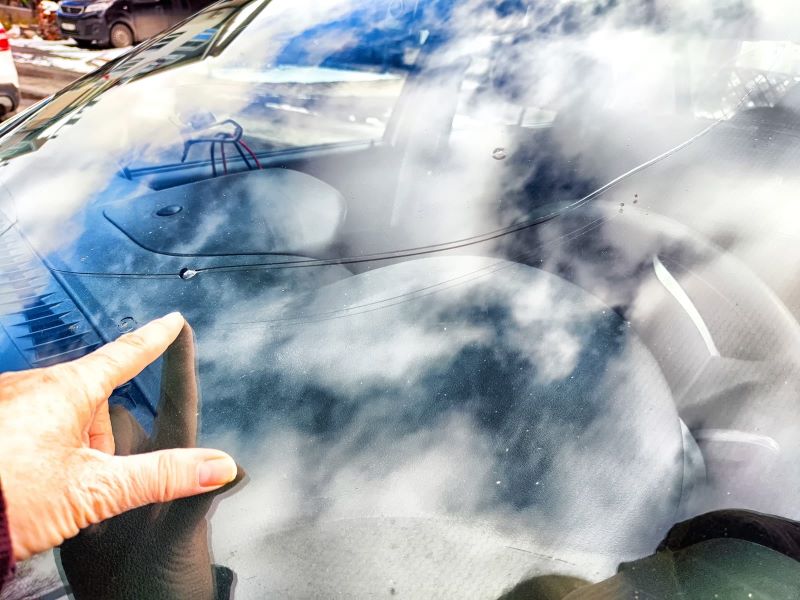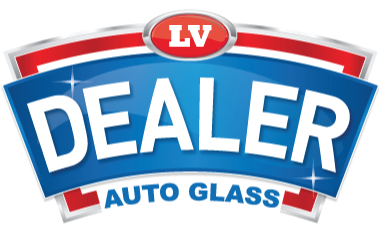It starts with a small chip or crack, but before you know it, your windshield may pose a serious safety hazard. Windshields are more than just a glass barrier—they provide structural support and a clear view of the road. Ignoring damage can lead to more significant issues and compromise your safety.
Windshield damage doesn’t always mean you need a replacement. However, certain signs indicate it’s time to take action. Knowing when to repair or replace ensures that your vehicle remains safe and compliant with the law.
In this guide, we’ll help you understand the factors determining whether it’s time for a windshield replacement, including safety, cost, and common signs of irreversible damage.

Understanding Windshield Damage
Not all windshield damage is created equal. Understanding the differences can help you determine the best course of action.
- Chips: Typically less than one inch in diameter. They are often repairable unless located near the edges.
- Cracks: These vary in size and direction, with long or spreading cracks posing the most risk.
- Bullseye Damage: A circular crack caused by blunt force. Repair is possible if it's not too deep.
Safety Considerations
Windshields provide up to 45% of the structural support in a frontal collision and up to 60% in rollovers. Compromised integrity can lead to severe consequences.
Signs You Need a Windshield Replacement
Recognizing when replacement is necessary can save time, money, and potential legal issues.
- Damage in the Driver’s Line of Sight: Even minor cracks can distort light and obstruct visibility.
- Spreading Cracks: A small crack can expand due to temperature changes or road vibrations.
- Edge Damage: Cracks near the windshield's edge can weaken its structural integrity.
- Failed Repairs: Previous attempts that didn’t hold indicate replacement is the safest option.
Legal Implications
Many states, including Nevada, have strict visibility laws. A damaged windshield that hinders the driver’s view can result in fines.
Repair vs. Replacement: Knowing the Difference
Choosing between repair and replacement often depends on the severity and location of the damage.
- Opt for Repair:
- Chips smaller than a quarter.
- Cracks less than six inches long.
- Damage away from the edges.
- Choose Replacement:
- Damage directly in the driver’s view.
- Long or spreading cracks.
- Previous repairs that failed.
Cost Comparison
- Repairs typically cost $50-$150.
- Replacement averages between $200 and $400, depending on vehicle type and glass quality.
The Role of Insurance
Insurance can significantly reduce windshield repair or replacement costs.
- Comprehensive Coverage: Many policies cover windshield damage caused by debris, accidents, or vandalism.
- No Deductibles: Some insurers waive deductibles for windshield repairs, making it cost-effective to address minor damage.
Preventing Windshield Damage
Proactive steps can minimize the risk of damage and extend your windshield's lifespan.
- Maintain Safe Distances: Reduce exposure to flying debris by keeping space between you and large trucks.
- Regular Cleaning: Remove abrasive particles that can worsen cracks.
- Use Sunshades: Protect your windshield from extreme temperatures that cause cracking.
Risks of Ignoring Windshield Damage
Failing to address windshield damage can lead to:
- Increased Repair Costs: Small cracks can spread, requiring full replacement.
- Compromised Safety: Reduced structural integrity in accidents.
- Legal Penalties: Obstructed views violate state visibility laws.
Finding a Trusted Service Provider
Selecting a reputable service provider ensures quality and compliance with safety standards.
- Certified Technicians: Look for services accredited by the Auto Glass Safety Council.
- Warranty Options: Choose providers offering warranties on replacements.
- Mobile Services: Many companies provide at-home repairs for added convenience.
Final Thoughts: Take Action Today
Addressing windshield damage promptly is vital for safety and legal compliance. Regular maintenance and timely repairs ensure your vehicle remains roadworthy and protects you from costly issues.
If you’re facing windshield damage, are you ready to act now to ensure safety, compliance, and peace of mind?
